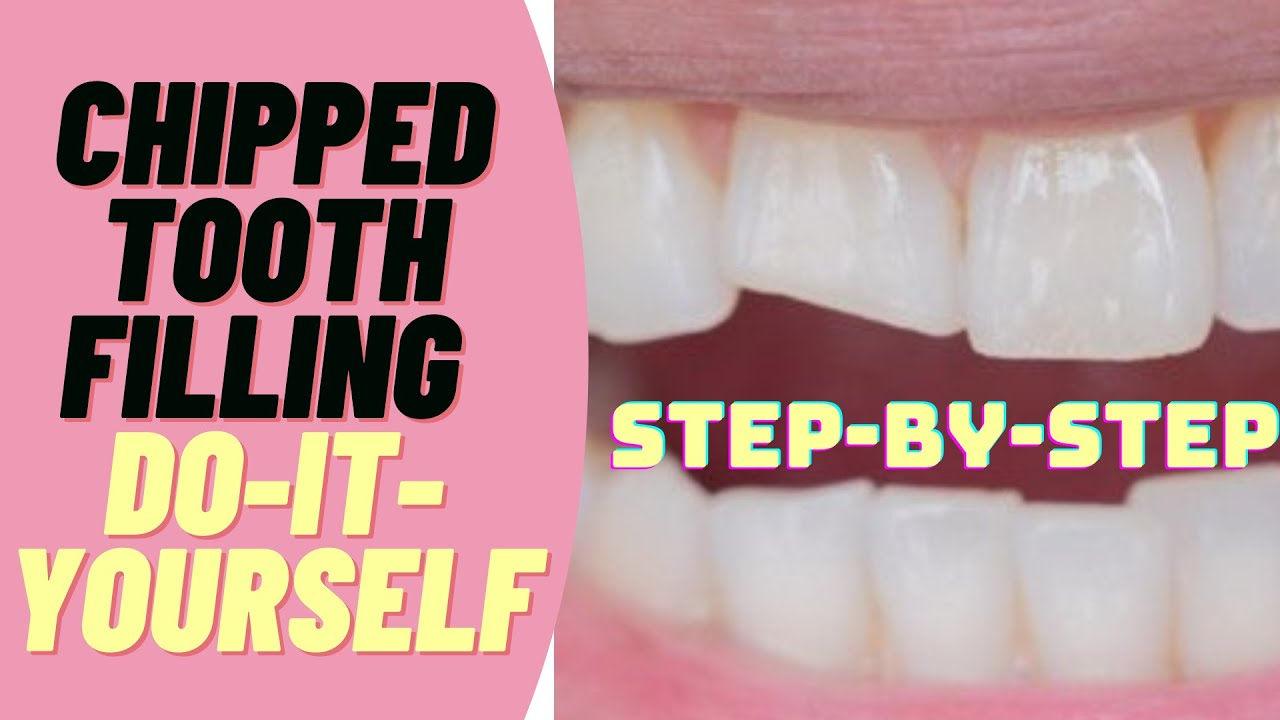Inlay Tooth Filling: Fix Decay With Durable Results

The advent of advanced dental technologies has significantly transformed the field of dentistry, allowing for more precise and durable solutions for various oral health issues. One such development is the inlay tooth filling, a type of dental restoration designed to repair teeth affected by decay or damage. In this comprehensive overview, we will delve into the world of inlay tooth fillings, exploring their benefits, the procedure involved, and how they compare to other dental restoration options.
Understanding Inlay Tooth Fillings
Inlay tooth fillings are custom-made restorations that fit into the tooth, unlike traditional fillings that are molded into the tooth during the procedure. They are typically used when the tooth decay is too extensive for a regular filling but not severe enough to require a dental crown. Inlays are made from durable materials such as ceramic, composite resin, or gold, which provides them with the strength needed to withstand the forces of chewing.
Benefits of Inlay Tooth Fillings
Durability: Inlay fillings are incredibly durable and can last for many years, potentially outlasting traditional fillings. Their durability is largely due to the materials used and the fact that they are crafted outside of the mouth, allowing for a more precise fit.
Aesthetics: Especially when made from ceramic or composite resin, inlays can be colored to match the natural shade of the tooth, making them virtually invisible in the mouth. This aesthetic appeal is particularly beneficial for teeth that are visible when smiling.
Minimal Tooth Reduction: Compared to dental crowns, inlays require less removal of the tooth structure. This conservative approach helps preserve more of the natural tooth, which is beneficial for the tooth’s health and function in the long term.
Strengthening the Tooth: By bonding the inlay to the tooth, it can actually strengthen the tooth structure, reducing the risk of future decay or damage.
The Procedure for Inlay Tooth Fillings
The process of getting an inlay typically requires two visits to the dentist.
First Visit: The dentist starts by numbing the area around the tooth with a local anesthetic. Then, they remove the decayed portion of the tooth. An impression of the tooth is taken, which will be used to create the inlay. A temporary filling may be placed on the tooth to protect it until the inlay is ready.
Second Visit: At the second appointment, the temporary filling is removed, and the inlay is fitted onto the tooth. The dentist makes any necessary adjustments to ensure a proper fit. Finally, the inlay is cemented or bonded to the tooth, completing the restoration.
Comparative Analysis: Inlays vs. Onlays vs. Crowns
Dental restorations come in various forms, each suited to different needs. Understanding the differences between inlays, onlays, and crowns can help in making an informed decision.
Inlays: As discussed, inlays are used to repair the chewing surface of the tooth that has been affected by decay or damage. They are placed within the tooth’s indented top surface.
Onlays: Onlays are similar to inlays but cover more of the tooth’s surface, including the cusps (the raised points on the chewing surface of the tooth). They are used when the damage is more extensive than what an inlay can cover but not severe enough to necessitate a full crown.
Crowns: Dental crowns cover the entire tooth, from the gum line to the top. They are used when the tooth is severely damaged or decayed and cannot be saved with an inlay or onlay. Crowns are also used after root canal therapy or when a dental implant is placed.
Considerations and Aftercare
While inlay tooth fillings offer numerous benefits, it’s essential to consider the costs and the time required for the procedure. Inlays can be more expensive than traditional fillings, and the process spans two dental visits. However, their durability and aesthetic appeal often make them a valuable investment for oral health.
After the procedure, maintaining good oral hygiene practices, such as regular brushing and flossing, is crucial. Regular dental check-ups will also help ensure the longevity of the inlay and overall health of the mouth.
Frequently Asked Questions
What is the average cost of an inlay tooth filling?
+The cost of an inlay tooth filling can vary depending on the material used (gold, ceramic, or composite), the size of the inlay, and the dentist's fees. On average, inlays can range from a few hundred to over a thousand dollars per tooth.
Are inlay tooth fillings covered by insurance?
+Insurance coverage for inlay tooth fillings varies by provider and policy. Some insurance plans may cover a portion of the cost, especially if the inlay is deemed medically necessary. It's best to check with your insurance provider before undergoing the procedure.
How long do inlay tooth fillings last?
+Inlay tooth fillings are known for their durability and can last for 10 to 30 years or more, depending on the material, oral hygiene practices, and the amount of wear and tear the tooth experiences.
Conclusion
Inlay tooth fillings represent a significant advancement in dental restoration, offering patients a durable, aesthetically pleasing, and long-lasting solution for teeth affected by decay or damage. By understanding the benefits, procedure, and comparisons with other dental restorations, individuals can make informed decisions about their oral health. Whether you’re dealing with tooth decay or looking to enhance your smile, consulting with a dental professional can provide the personalized guidance needed to achieve optimal oral health and wellness.

